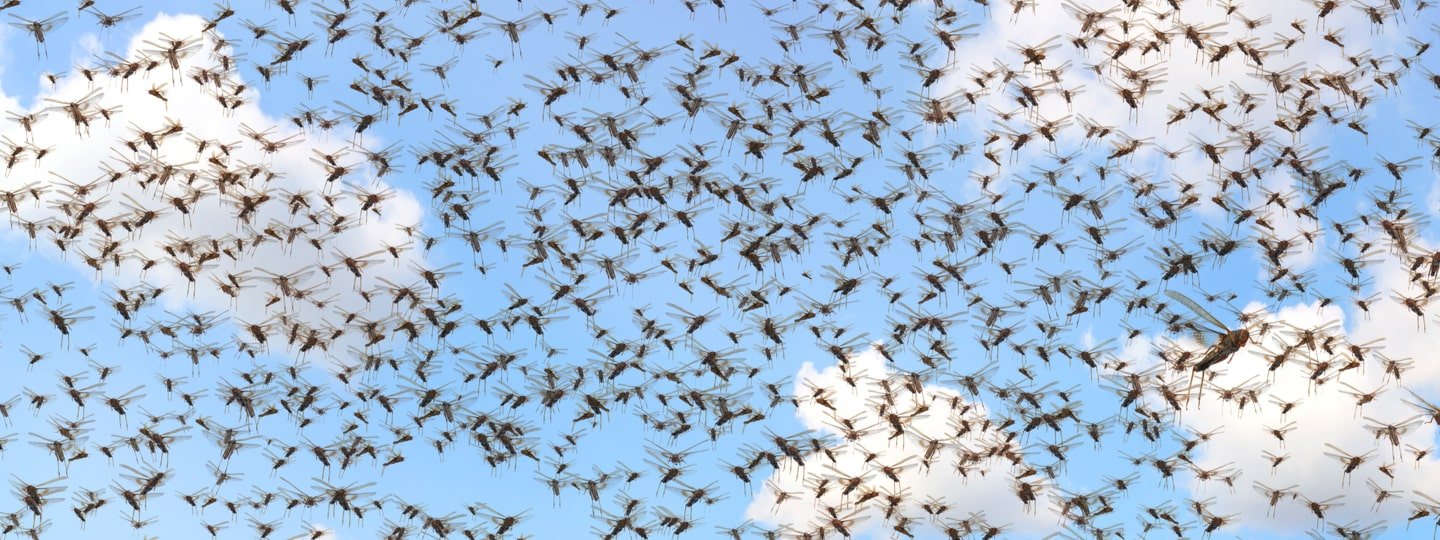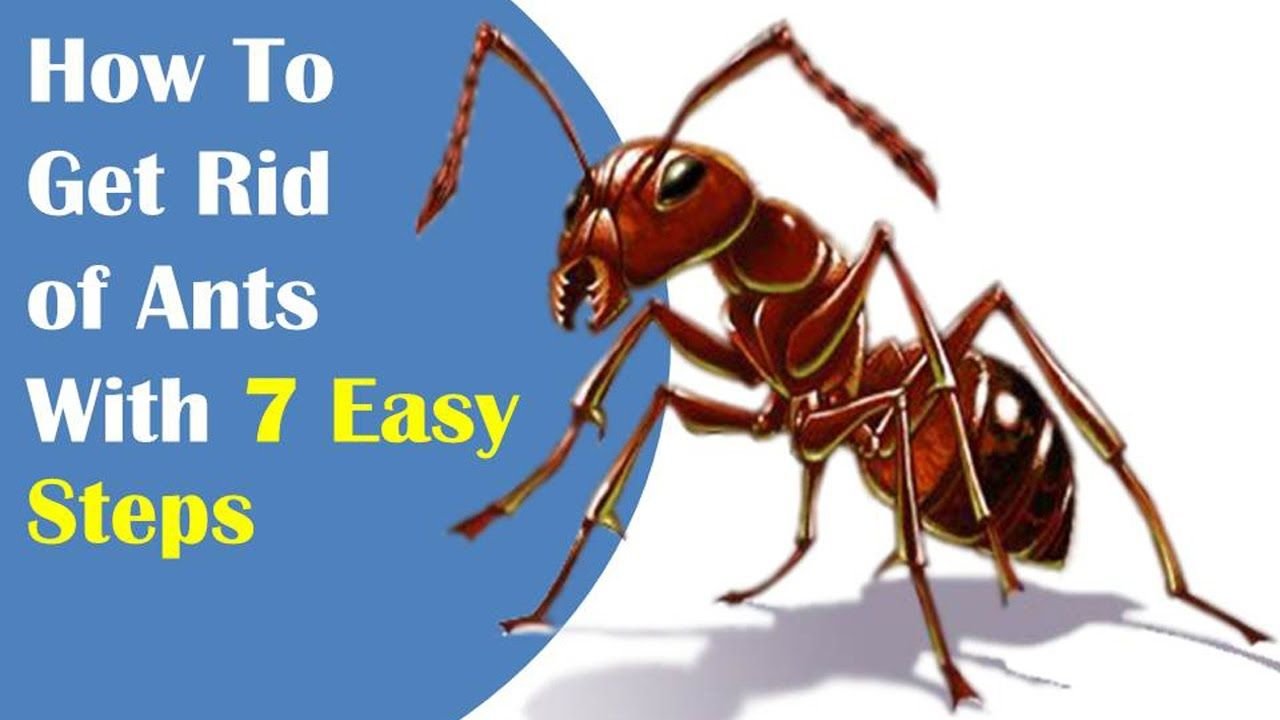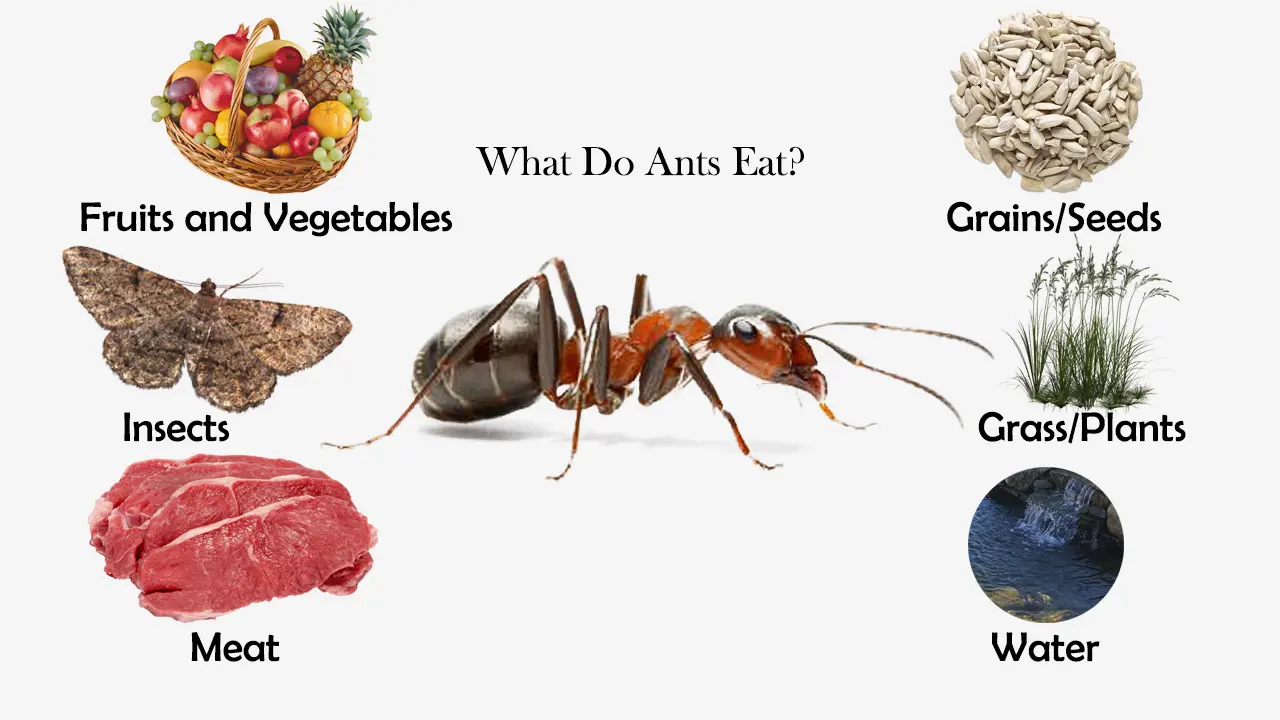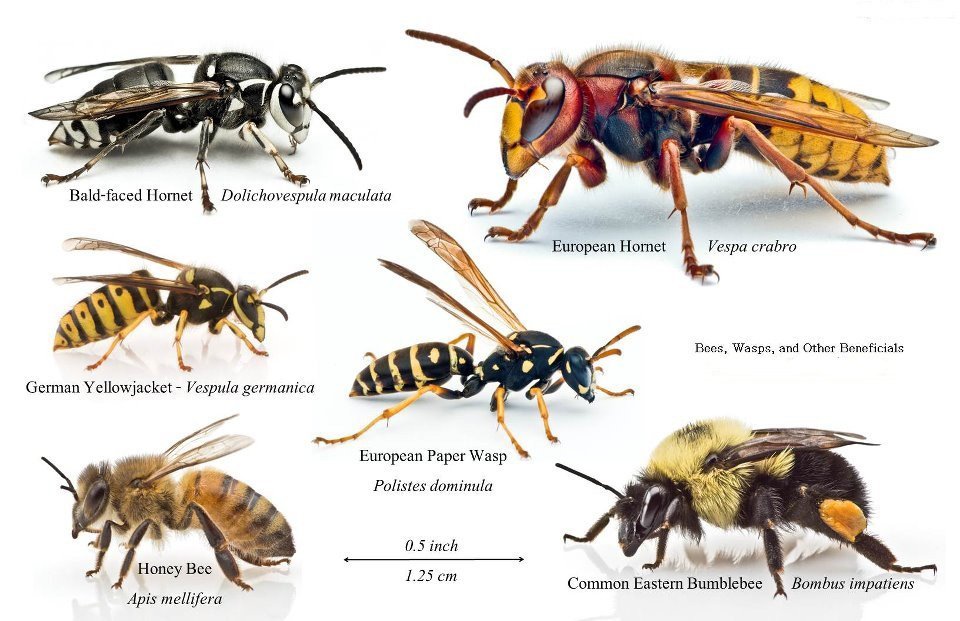Insects are among the most adaptable creatures on Earth, thriving in nearly every habitat imaginable—from scorching deserts and dense rainforests to icy tundras and urban landscapes. Their ability to adapt to diverse and often harsh environments is a testament to their evolutionary ingenuity. But how do insects manage to survive and flourish in such varied conditions? Let’s explore the remarkable strategies insects use to adapt to their environments.
Physical Adaptations: Built for Survival
Insects have evolved a wide range of physical traits that help them survive in specific environments.
- Exoskeletons: The hard outer shell of insects, called an exoskeleton, provides protection from predators and environmental hazards. It also helps prevent water loss, which is crucial for survival in arid environments.
- Camouflage: Many insects, like stick insects and leaf butterflies, have evolved to resemble their surroundings. This camouflage helps them avoid predators and ambush prey.
- Mimicry: Some insects mimic the appearance of more dangerous species to deter predators. For example, hoverflies resemble bees or wasps, tricking predators into thinking they are harmful.
Behavioral Adaptations: Smart Strategies
Insects exhibit a variety of behaviors that enhance their survival in specific environments.
- Migration: Some insects, like monarch butterflies, migrate over long distances to escape harsh weather conditions and find suitable breeding grounds.
- Hibernation and Diapause: Insects like ladybugs and certain beetles enter a state of dormancy during unfavorable conditions, such as winter or drought. This allows them to conserve energy and survive until conditions improve.
- Social Behavior: Social insects like ants, bees, and termites live in highly organized colonies. This social structure allows them to work together to find food, defend their nests, and care for their young, increasing their chances of survival.
Physiological Adaptations: Internal Adjustments
Insects have developed internal mechanisms to cope with environmental challenges.
- Thermoregulation: Some insects, like bees, can regulate their body temperature by shivering or fanning their wings. This helps them survive in both hot and cold climates.
- Water Conservation: Insects in arid environments, such as desert beetles, have evolved ways to conserve water. They may excrete dry waste or absorb moisture from their food.
- Toxin Resistance: Insects that feed on toxic plants, like monarch caterpillars, have developed resistance to the toxins. They can store these toxins in their bodies, making them unpalatable to predators.
Reproductive Adaptations: Ensuring the Next Generation
Insects have evolved various reproductive strategies to ensure the survival of their offspring.
- Rapid Reproduction: Many insects, like fruit flies, have short lifespans and reproduce quickly. This allows them to take advantage of temporary resources and rapidly increase their population.
- Egg-Laying Strategies: Some insects, like parasitic wasps, lay their eggs inside other organisms. This ensures that their larvae have a ready food source when they hatch.
- Parental Care: Certain insects, like dung beetles, provide care for their offspring by preparing food sources or protecting their eggs. This increases the chances of survival for the next generation.
Feeding Adaptations: Specialized Diets
Insects have evolved a wide range of feeding strategies to exploit different food sources.
- Herbivory: Many insects, like caterpillars and aphids, feed on plants. They have specialized mouthparts for chewing or sucking plant sap.
- Predation: Predatory insects, like dragonflies and praying mantises, have sharp mandibles and keen senses to hunt and capture prey.
- Scavenging: Insects like dung beetles and carrion beetles feed on dead animals and waste. They play a crucial role in recycling nutrients and maintaining ecosystem health.
Environmental Sensing: Navigating the World
Insects have highly developed senses that help them navigate and adapt to their environments.
- Chemical Sensing: Insects use their antennae to detect chemical signals, such as pheromones and food sources. This helps them find mates, locate food, and avoid predators.
- Visual Sensing: Many insects have compound eyes that provide a wide field of vision. This helps them detect movement and navigate complex environments.
- Tactile Sensing: Insects like ants use their antennae to touch and feel their surroundings. This helps them communicate with each other and navigate their environment.
Urban Adaptation: Thriving in Human-Made Environments
Insects have shown remarkable adaptability to urban environments, often thriving where other species struggle.
- Pest Species: Insects like cockroaches and houseflies have adapted to live in close association with humans. They exploit food waste and shelter provided by human structures.
- Pollinators: Bees and butterflies have adapted to urban gardens and parks, finding new sources of nectar and pollen in cities.
Conclusion
Insects are masters of adaptation, capable of surviving and thriving in some of the most challenging environments on Earth. Their physical, behavioral, physiological, and reproductive adaptations showcase the incredible diversity and resilience of these tiny creatures. By understanding how insects adapt to their environments, we gain a deeper appreciation for their role in ecosystems and the intricate balance of nature. Whether it’s a beetle surviving in a desert or a butterfly migrating across continents, the adaptability of insects is a testament to the power of evolution.









